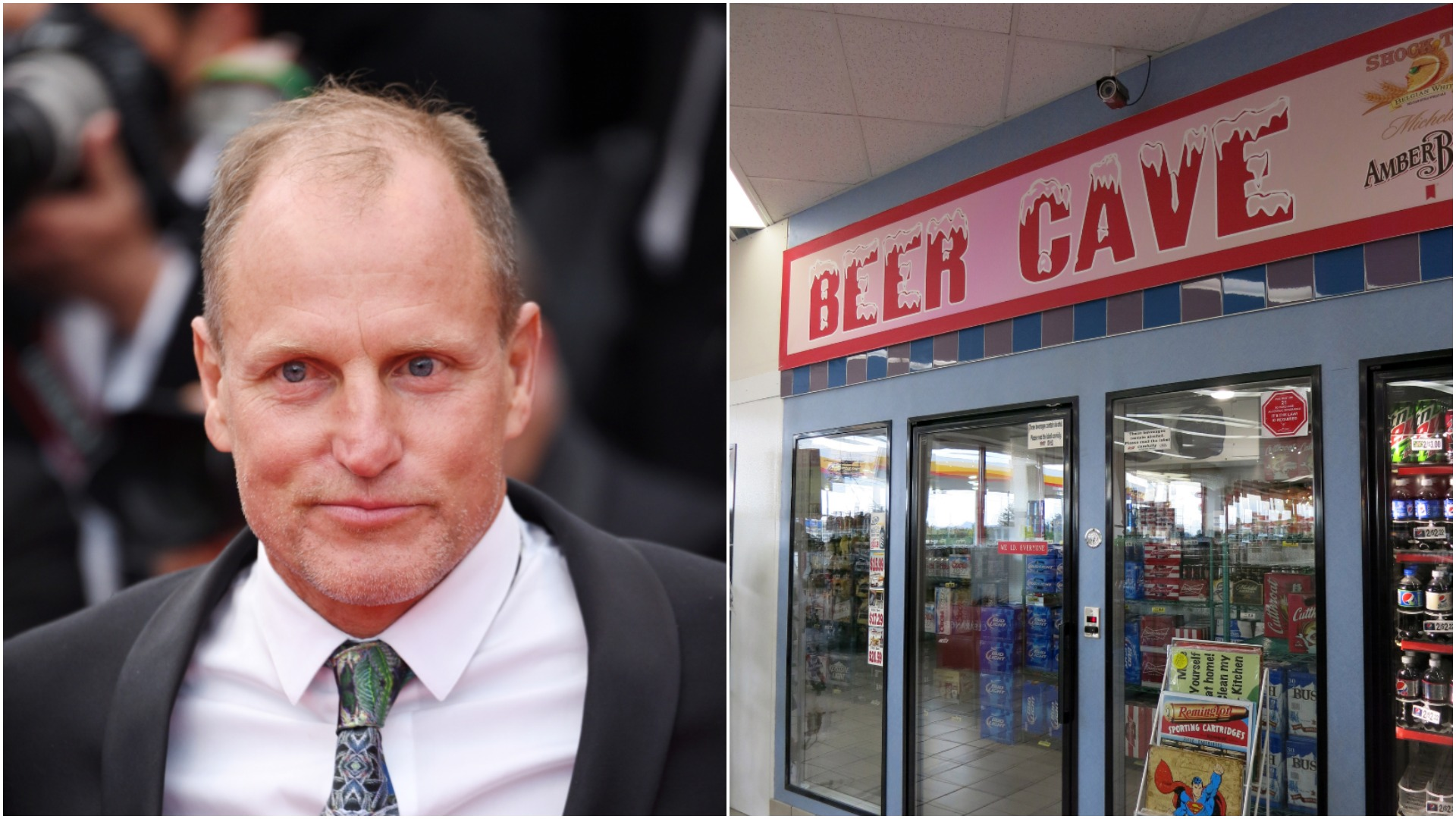Report: Woody Harrelson's Face Shouldn't Be Enough To Catch A Beer Thief
As facial recognition technology rapidly evolves, it's already led to everything from the unsettling rise of "deepfakes" to heated debates over potential misuses of the technology. Just earlier this week, San Francisco became the first city to ban its usage by police. Now, its uses elsewhere in law enforcement are being called into question as well, thanks to a recent study.
In April 2017, the NYPD tracked down a beer thief using recognition software, in part by comparing the thief's physical similarities against a viable-enough celebrity example. (If you thought about the whole David Schwimmer situation while reading this, so did we.) In this case, at a glance, the thief bears a curious resemblance to Woody Harrelson, were he in the running for the lead role in a Highlander reboot:

A study titled "Garbage In, Garbage Out: Face Recognition on Flawed Data", published by Georgetown Law's Center On Privacy And Technology, uses the NYPD's work in this scenario as a case study in the flaws inherent in using current facial recognition to track down criminals. After initial NYPD searches based on the above picture failed to turn up possible suspects, investigators filled in the blanks:
One detective from the Facial Identification Section (FIS), responsible for conducting face recognition searches for the NYPD, noted that the suspect looked like the actor Woody Harrelson, known for his performances in Cheers, Natural Born Killers, True Detective, and other television shows and movies. A Google image search for the actor predictably returned high-quality images, which detectives then submitted to the face recognition algorithm in place of the suspect's photo. In the resulting list of possible candidates, the detectives identified someone they believed was a match—not to Harrelson but to the suspect whose photo had produced no possible hits.
This celebrity "match" was sent back to the investigating officers, and someone who was not Woody Harrelson was eventually arrested for petit larceny.
The study goes on to argue that, while this method may have proven effective in this specific situation, "rough estimations" are hardly a legitimate-enough means of tracking down wanted criminals. It also points out that since the technology is relatively new, there are woefully few laws governing what images police stations and other government bodies can and cannot use for this purpose.
And to think, all this over some beers stolen from a CVS.
